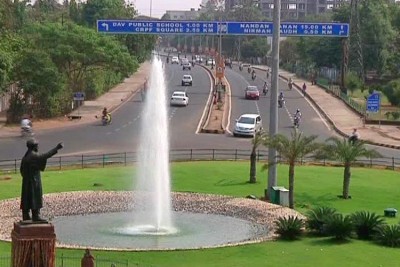Odisha Travel and Tourism Guide
Odisha proclaims a glorious historical and cultural lineage spanning 2000 years. The history and culture of Odisha is in many ways distinct from those of the northern Indian states and many generalizations that are made about Indian history do not hold good for the Odia region.
The word Odia is in fact an anglicized version of Odia which in turn is a modern name for the Odra or Udra tribes that inhabited the central region of modern Odisha . In ancient times Odisha was the regal seat of political power being known then, by the name of Kalinga.
It was a major seafaring nation that had strong trade links with most of the sea ports of the Bay of Bengal. For many centuries, a major part of South and South East Asia was under its socio -cultural. The temple of Angkor Vat is a classic architectural specimen of Odia influence on Cambodian temple architecture. Some regions of Sri Lanka, Java, Bali, Sumatra, Vietnam and Thailand were colonized by the people from Odisha .
In fact even today in Malaysia, Indians are referred to as 'Klings' due to the very reason. In fact some Sri Lankan kings trace their origin and roots back to Kalinga. A major turning point in World History took place in Odisha . The famous Kalinga war that made Emperor Asoka give up war and embrace Buddhism, was fought in Odisha in 261 B.C.
After the war he championed the cause of budhisim and played a major role in taking the religion to distant shores such as Thailand and Cambodia.Odisha has the largest variety of tribal communities in India. These have contributed a great deal in making rich the history and heritage of Odisha .
At one extreme are the tribes who lead a relatively secluded and archaic mode of life, keeping their core culture intact, while at the other extreme there are communities which are indistinguishable from the general agricultural communities.
They express their cultural identity and distinctiveness in social organization not only through their language, rituals and festivals, but also through their dress, ornamentation, art and craft. Every facets of their life is intimately connected with religious belief, ritual practices and belief in the supernatural powers.
It is these aspects of their culture that give meaning and depth to their lives, and solidarity to their social structure. With the advent of time, traces of borrowing from Hindu Pantheon and religious ceremonies are noticed among the tribes of Odisha .
The artistic skills of the tribal people are not only manifest in their dance and music but also in their dress and ornaments, wall-paintings, handicrafts, wood carvings and decorations. Several Kingdoms, namely, Kalinga, Utkal, Udra/Odra, Kosala, Tosali and Kangoda had flourished in the region currently known as "Odisha ". Odisha pronounced "ODISA", comes from the Sanskrit "ODRA DESHA" or "ODRA VISHAY".
After changing hands from the Marathas, the Mughals and the British, up to 1912 it was a part of Bengal and till 1936 a part of Bihar. The state was officially born on 1st April, 1936. In 1950 it became an independent state incorporated into the union republic of India and continues to remain so.
41974218












